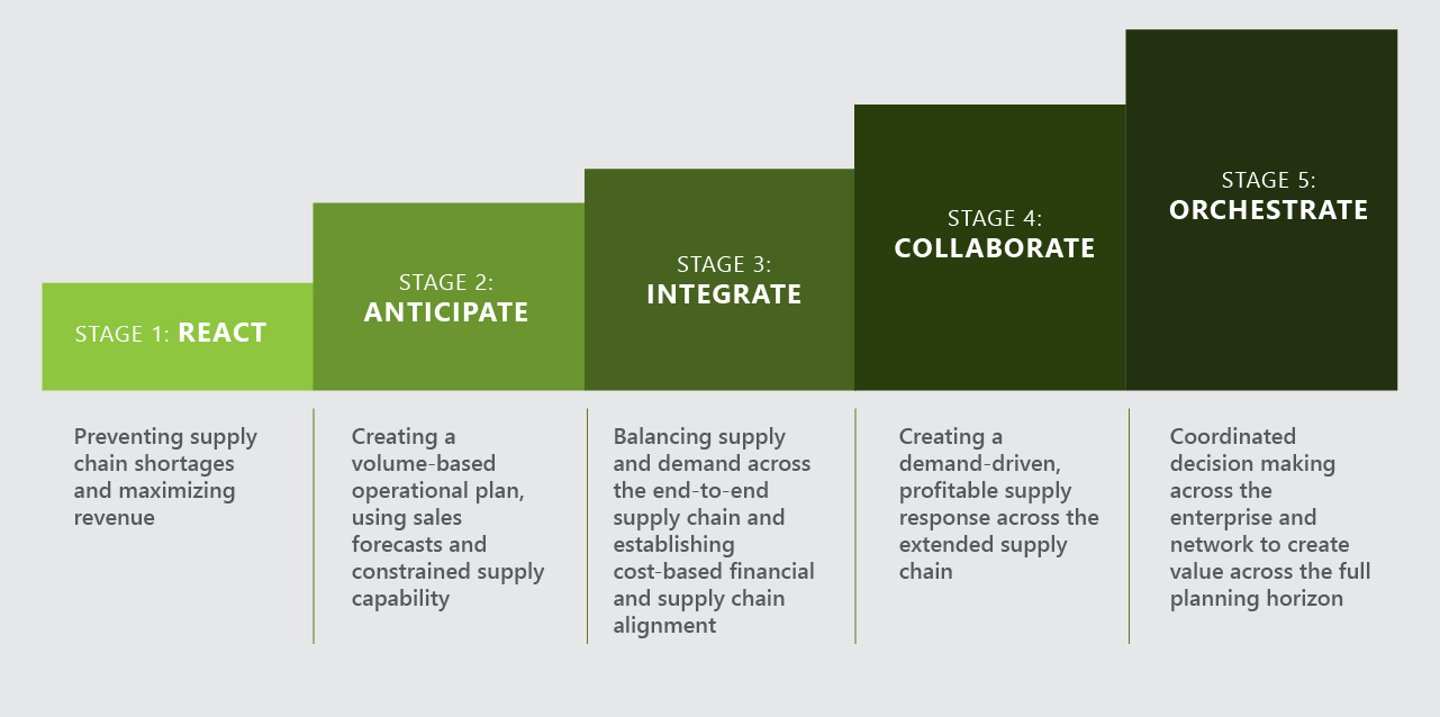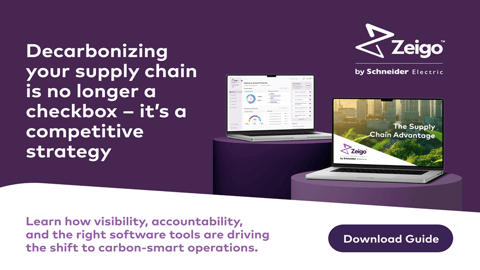Climbing the Sales & Operations Maturity Ladder
Supply chain practitioners have used sales and operations planning (S&OP) to accelerate, direct and optimize business decisions for the better part of 30 years. However, there is still a wide gap between a best-in-class and the typical S&OP process in place today. Many companies find they have reached a plateau and are not able to achieve a higher maturity or reap associated benefits.
This is the first in a series of three articles that discuss the characteristics of S&OP process maturity and recommended actions to move to higher levels.
Value of S&OP – Why Should You Care?
Research abounds on the benefits of developing a productive S&OP process. It is one of the most discussed and written-about topics in supply chain and consistently ranks as one of the top three priorities for management teams.
See also: Supply Chain Storytelling: Freeman Previews CBA's New Priorities
Companies with higher S&OP process maturity benefit from:
- Better synchronization of supply and demand over multiple time horizons
- More effective collaborative planning
- Earlier capacity reservation at key suppliers
- Quicker response to unexpected disruptions in the supply chain
- Advanced analytics including multiple what-if scenario analysis
- More accurate handling of promotional demand and short-term signals
- Significantly higher customer service, lower inventory and higher profits
5 Stages of S&OP Maturity
Gartner developed a five-stage model1 to help their client’s measure S&OP maturity and determine steps that could lead to higher levels. (See Figure 1) This model describes the maturity of a company’s S&OP capability across six dimensions for each of their five defined stages.
Rarely is a company at the same stage across all six dimensions. Viewing S&OP maturity across these six dimensions enables a company to focus their attention on areas with the largest potential return on investment.
Characteristics of Stage 1 “React” and Stage 2 “Anticipate”
Stage 1, the React Stage, is where a company lacks shared S&OP goals and planning takes place with an informal process and strategy. Companies usually have no formal S&OP or Supply Chain Planning (SCP) organization, and little in the way of formal, standard metrics. Demand forecasting is driven by sales with little consideration of available capacity. If capacity planning takes place, it is conducted on an ad-hoc basis on-site at each facility. Spreadsheets rule the day and ERP systems provide the planning foundation. These companies are reactionary and focused on developing a unit-based operation plan.
Stage two companies have established an S&OP process usually owned by the supply chain organization. This process is focused on developing a multi-month, unit-based, supply-centric plan. Demand forecasting is based on a combination of historical sales and field input. Capacity planning is more prevalent on a site-by-site basis and is starting to be used to develop a capacitated S&OP plan.
The yearly financial plan and monthly S&OP plans are developed independently of each other and are only aligned on an infrequent basis. A Supply Chain Planning (SCP) System of Record (SOR) for demand, inventory and replenishment planning is established but there is still a heavy reliance upon spreadsheets for analysis, reporting and decision making. The S&OP process is still reactive though there is a growing awareness for proactive, scenario planning capabilities.
A major challenge for stage one and two companies is misaligned supply and demand which creates repeated stock-outs and excess or obsolete inventory. Another major challenge is the amount of time required to manipulate data.
Without a robust data management strategy, teams spend countless hours extracting, cleaning and aligning data across the organization instead of analysis and planning to avoid problems and mitigate risks. Challenges also arise due to the lack of cross-functional participation and buy-in from commercial and financial leaders.
Recommended Actions to move from Stages 1 & 2 to Stage 3 “Integrate”
Assigning a sponsor and owner of the S&OP process is often the first step to climbing the S&OP maturity ladder. Focus should be on anticipation and proactive solutions to demand and supply mismatches through a repeatable planning process. The S&OP process should look out at least three months with a goal to move to an 18 month rolling horizon.
To enable one plan in both volumetric and financial units the commercial and financial organizations should be included. Functional metrics should be established with a vision to measure performance across integrated operations. The initial components of a SCP SOR should be fully implemented to support demand, inventory and supply planning.
See also: How FMI Wants to Help Repair Supply Chain Relationships Now and During ‘Blue Sky’ Days
A key action to enable a move to stage three maturity is the implementation of the S&OP component of your selected SCP SOR. A dedicated S&OP solution should streamline data management, facilitate the collaborative process, and enable more robust analysis and accelerated decision making.
Even though S&OP has been widely adopted since the 1990s, today most companies still struggle to reach Stage Three “Integrate” maturity. Understanding your company’s S&OP level of maturity is an essential step to determine what should be worked on next.
Part two in this series, “Climbing the Sales & Operations Maturity Ladder - Turning the Corner,” will publish in September and explore the characteristics of a Stage Three “Integrate” S&OP process, provide recommendations to reach Stage Four “Collaborate” and provide a checklist of solution capabilities needed to support higher levels of S&OP process maturity.
Hank Canitz is product marketing director at Logility. Hank brings more than 25 years of experience building high performance supply chains. This experience includes evaluating, selecting, implementing, using and marketing supply chain technology. Hank’s graduate degree in SCM from Michigan State, numerous SCM certifications, diverse experience as a supply chain practitioner and experience in senior marketing roles with leading supply chain solution providers helps him to bring a unique perspective on supply chain best practices and supporting technology to the Logility Blog.
1 Introducing the Five-Stage Sales and Operations Planning Maturity Model for Supply Chain Leaders, Gartner, 10 September 2013, Noha Tohamy, Debashis Tarafdar, Jan Kohler, Marko Pukkila






